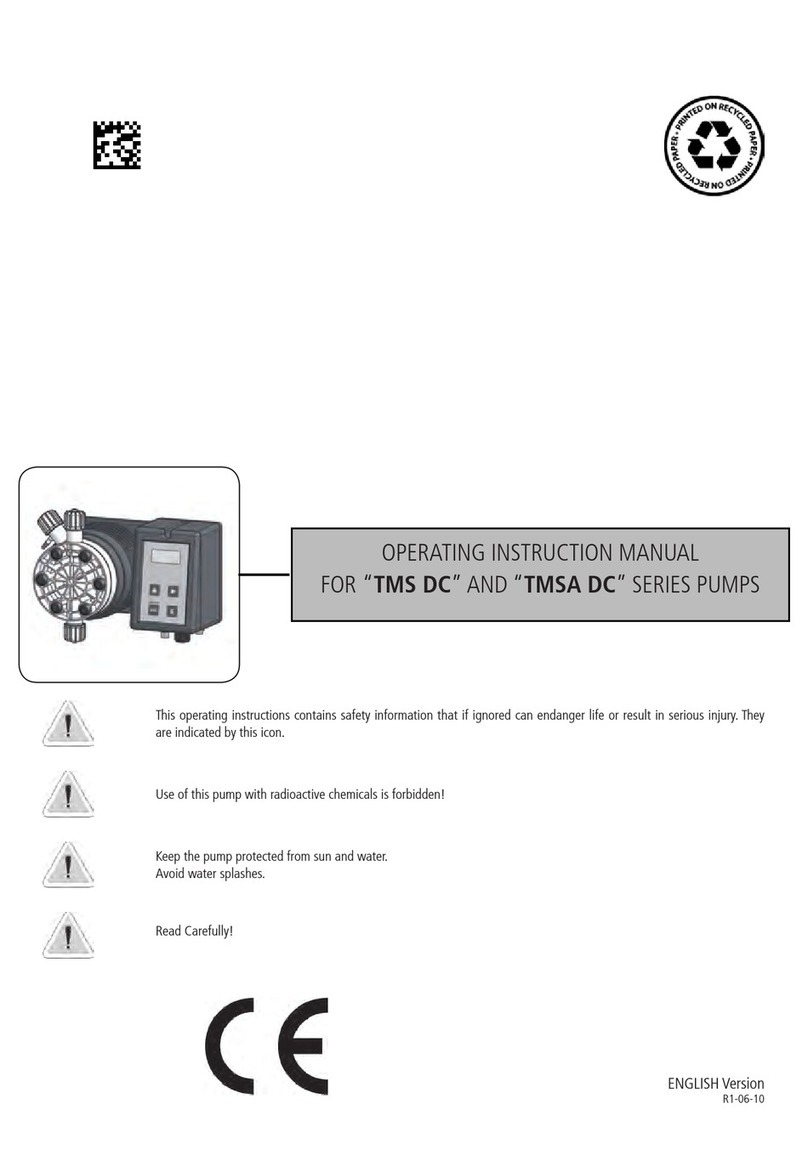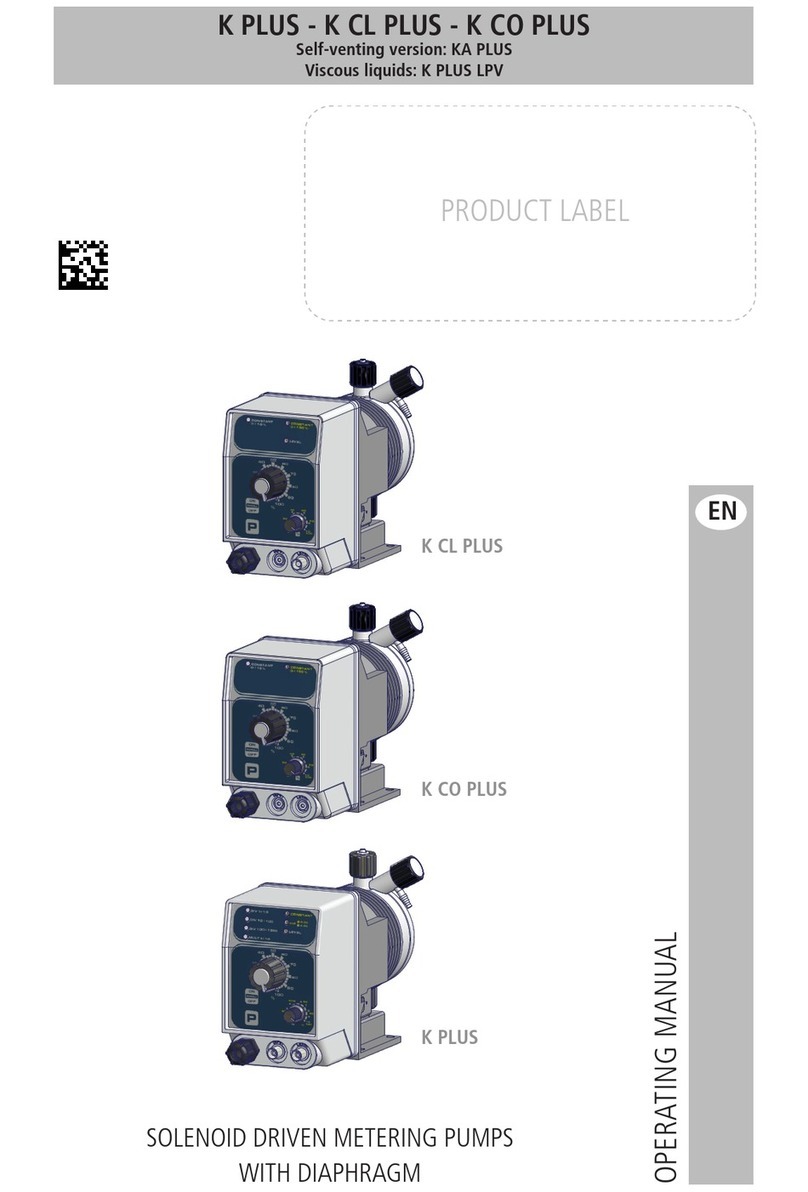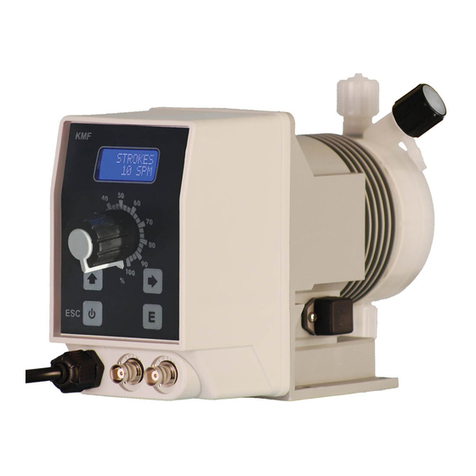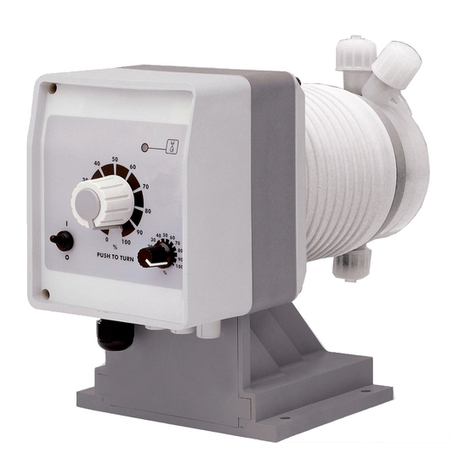
SUMMARY
GENERAL SAFETY GUIDELINES......................................................... 4
1. DESCRIPTION............................................................................... 5
1.1 PRIUS Series............................................................................ 5
1.3 Features .................................................................................. 8
1.3.1 PLUNGER............................................................................. 9
2. INSTALLATION.............................................................................. 12
2.1 Installation warning................................................................. 12
2.2 Commissioning steps.............................................................. 13
2.2.1 Pump location...................................................................... 13
2.2.2 Oil filling .............................................................................. 13
2.2.3 Piping connection................................................................. 14
2.2.4 Pump head .......................................................................... 14
2.2.5 Foot filter ............................................................................. 14
2.2.6 Installation drawings............................................................ 15
3. ELECTRICAL WIRING .................................................................... 16
3.1 Preliminary checks................................................................... 16
3.2 Connection diagrams............................................................... 16
4. START UP18
4.1 Start up................................................................................... 18
5. PRIMING 19
5.1 How to prime the pump .......................................................... 19
6. MAINTENANCE............................................................................ 20
6.1 Maintenance schedule............................................................. 20
6.2 Maintenance inspection .......................................................... 20
6.3 Shutdown ............................................................................... 21
7. TROUBLESHOOTING ..................................................................... 22
7.1 Repair service.......................................................................... 22
8. COMPATIBILITY TABLE ................................................................. 23
8.1 Chemical compatibility table.................................................... 23
8.2 Materials................................................................................. 23
Figures
Fig. 1. PRIUS P pump ............................................................... 7
Fig. 2. Installation drawings ..................................................... 15
Tables
Tab. 1. Capacity............................................................................ 8
Tab. 2. PRIUS P - PP pump head.................................................... 10
Tab. 3. PRIUS P - SS pump head .................................................... 11
Tab. 4. Acceptable oil for lubricating.............................................. 13
Tab. 5. Guide to troubleshooting. .................................................. 22
Tab. 6. Chemical compatibility table............................................... 23
































